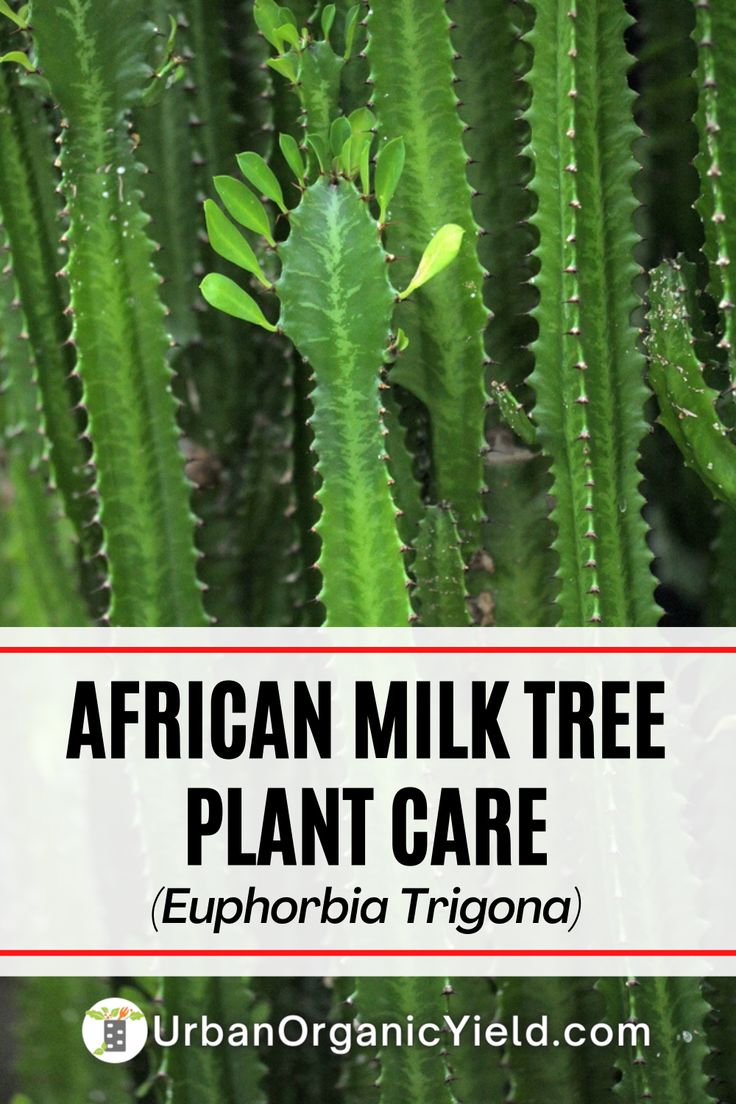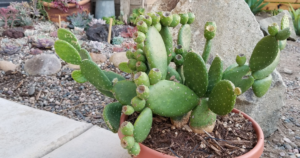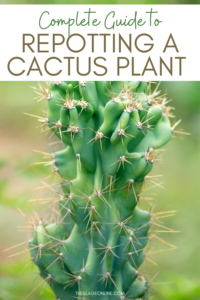When you think of the lush and vibrant world of succulents, the African Milk Tree (Euphorbia Trigona) often stands out with its striking appearance and unique character. While its unique aesthetic certainly piques interest, caring for this plant adequately can present certain challenges. One frequently asked question among cactus enthusiasts and novice gardeners alike is: how often should I water my African Milk Tree? This query encapsulates a broader dilemma: the balance between thriving foliage and the risk of overwatering.
Understanding the water requirements of the African Milk Tree is crucial, as this succulent is susceptible to root rot if overwatered. Let’s delve into some key watering tips that will ensure you cultivate a healthy and happy African Milk Tree.
Establishing a Watering Routine
To maintain the vibrancy of your African Milk Tree, you must first establish an optimal watering routine that aligns with its growth cycle. This plant typically thrives in a warm climate, with ample sunlight, which directly influences its need for hydration. The most effective approach is to water deeply but infrequently. This means soaking the soil thoroughly, allowing it to dry out between watering sessions.
During the growing season, which generally spans from spring to summer, the plant may require watering every two to three weeks. However, during the dormant phase in the fall and winter months, it’s prudent to reduce the frequency to once a month or even less. Always assess the soil’s moisture level with your fingers—if the top two inches feel dry to the touch, it is time to provide water. Also, watch out for weather conditions; a hot summer may necessitate more frequent watering than a cool winter.
Soil and Drainage Considerations
The soil in which the African Milk Tree resides plays a pivotal role in its watering strategy. Selecting the appropriate potting mix is essential; aim for a well-draining medium, preferably formulated for cacti or succulents. A mix containing perlite, sand, and organic materials ensures that water doesn’t linger around the roots, reducing the risk of rot.
Equally important is the pot you choose. Opt for containers with drainage holes to facilitate excess water escape. If your pot lacks holes, you face the risk of water accumulation at the base, which can lead to grievous damage. Furthermore, consider the material of the pot; terracotta or unglazed pottery allows the soil to breathe while also wicking away excess moisture. This duality creates an ideal environment for the African Milk Tree to flourish.
Temperature and Humidity: The Unsung Influences
While many gardeners focus solely on direct watering practices, temperature and humidity levels are often overlooked yet contribute significantly to hydration needs. The African Milk Tree favors a warm environment—ideally between 70°F to 85°F (21°C to 29°C) during the day and a slightly cooler temperature at night. If cultivated in lower temperatures, the plant’s growth will slow, and its water requirements will diminish.
Moreover, humidity levels play a crucial part in the watering equation. This plant thrives in dry conditions, thus environments with high humidity levels may cause the soil to retain moisture longer than needed. If you reside in a particularly humid area, reduce the frequency of watering and monitor the soil’s moisture levels with extra vigilance. Conversely, if your home is on the dry side, consider misting around the plant occasionally to provide additional ambient moisture without directly saturating the soil.
Signs That Your Plant Needs Water
Recognizing the signals your African Milk Tree sends out about its hydration needs is imperative for its survival. Over time, you will become attuned to these cues, but several telltale signs indicate your plant may be thirsty. A primary indication is the wilting of leaves—when the stems droop or the leaves begin to curl inward, it may signify dehydration.
Conversely, conversing with your plant involves recognizing the signs of overwatering as well. If the stems appear mushy or translucent, you likely face a problem. Additionally, yellowing leaves may indicate both nutrient deficiencies and excessive moisture. In such cases, allow the soil to dry thoroughly and adjust your watering regimen accordingly. Maintaining this balance is key to success.
Preventing Watering-Related Mishaps
While watering your African Milk Tree may seem straightforward, preventing common pitfalls can save you time and effort. One effective strategy is to adopt a routine of checking the moisture level before watering, regardless of the season. Use a moisture meter if needed for more precision. Furthermore, always ensure you are using clean, room-temperature water, as this reduces shock to the plant.
Another precaution involves inspecting the drainage system. If you find the pot or soil retains moisture, consider repotting or adding perlite to enhance drainage. If your African Milk Tree is placed outdoors, shelter it from heavy rain, which could easily lead to an excess of water accumulation.
In Conclusion
Watering your African Milk Tree is a blend of art and science. By maintaining a diligent eye on moisture levels, employing suitable soil and potting strategies, and being mindful of the external environment’s influence, you position yourself to cultivate a vibrant and flourishing plant. With careful observation and a touch of learning, soon your African Milk Tree will grow to be an impressive focal point in your plant collection.





Leave a Comment